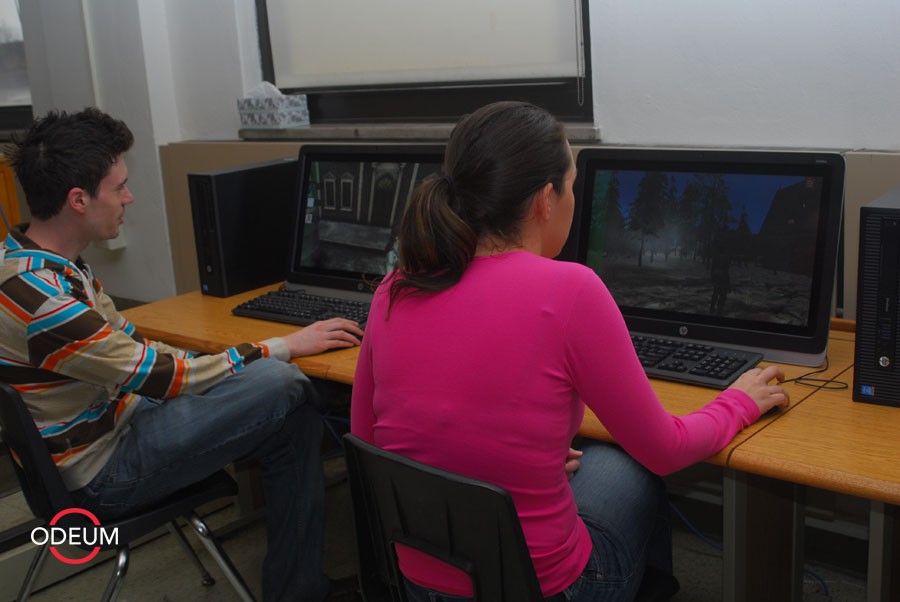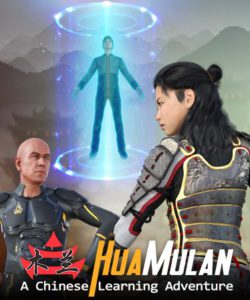You've read about the many benefits to students when role playing. Maybe you incorporate role play in your classroom already. However, in most role play scenarios, some students will have lead roles and others won't. Enter the digital age and role playing games where every student is the hero and has the same access to learning. But, what happens when a role playing game doesn't already exist that meets your learning objectives?
Creating your own role playing adventures might sound daunting, but that's where tools like the Odeum Creator can help. Seeing your students engaged and helping them build real connections to history can be very rewarding and is not so daunting if you follow a few tips.
Here are 6 tips to help you meet your learning objectives and engage your students with an immersive role playing game:
1. Identify educational outcomes.
What is the big takeaway you want your students to have when they’ve completed your game? Are you trying to engage students, instill empathy, different perspectives, think critically, or build real connections to a historical event? When you look at your lesson, what are you really wanting your students to understand? Have a clear goal for the learning outcomes helps you stay focused. Write down the learning objectives and make sure for every quest and dialogue you’re advancing these learning outcomes.
2. Narrow slice or big epic story?
When you think of Role Playing Games (RPGs) you probably think of big epic games that take months to complete. While games created in Odeum can be any length, we’ve found through classroom testing that creating a game that takes about 20 minutes to complete fits perfectly in a teacher’s lesson. This also allows you to focus on your educational outcomes. That’s not to say you couldn’t create an epic role playing game that takes multiple sessions across multiple weeks to complete. You could also make a series of smaller games all to the same theme/unit. For example, when reading Macbeth, you could have a different Macbeth experience for each act of the play. Each with its own learning objectives. In this way, students could play from different perspectives and different characters in each game.
3. Bring on the story!
The story is key to providing the motivation for the "why" of the game. Why are we in this world? Why do we need to save it? One of the story themes for Odeum is that players time travel to stop evil doers from altering history. This story premise can be applied to beyond just social studies but to language learning, math, and science.
4. Creating compelling and educational quests.
Now that you’ve identified your learning outcomes, the size of the game, and some ideas for the story, you’ll want to think about a series of quests that meet your learning objectives and are engaging to students. The key here for role playing is to make it authentic and natural. A quest does not need to have the same objectives as a learning objective but should bring your students closer to your educational outcomes. For example, in teaching the reasons for American Revolutionary war, instead of a quest "Find 1 cause for the war" (which is a learning objective), have a quest "Find out why the colonists are rioting." This allows the player to organically learn about why the rioters are upset and therefore satisfying the learning requirement.
5. Place nuggets.
History is full of interesting facts and can really come alive when placed into context. When students stumble onto these nuggets in their proper context they are able to make real connections that promote long-term memory. Make sure you take advantage of this. Nuggets can be an entire side quest, embedded into a dialogue of a character, or a clickable item in the world.
6. Get into the characters.
When you create the dialogue for characters, roleplay and imagine how they would talk and act. The more believable you make the characters the more your students will be immersed and feel they are really in the historical world you have created. Don’t be afraid to add backstory and small talk. The more real you make it they more they feel they are living and experience it.



